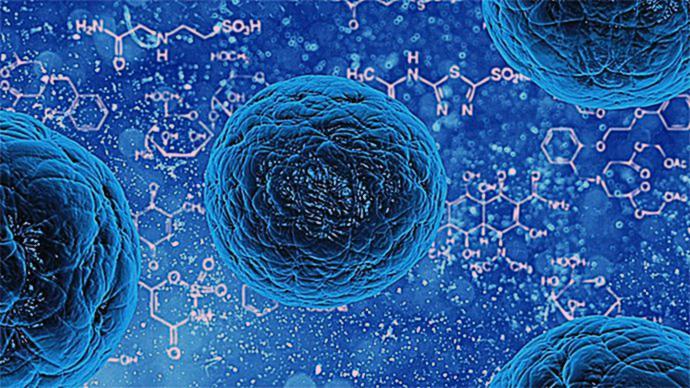New advances in Science are sometimes met with vigorous resistance from people who misinterpret the intentions of the scientists and researchers or who object out of religious scruples. Life-saving surgery, for example, would be non-existent today had the medical profession caved in and listened to the barrage of criticism directed at doctors who performed operations on live animals. These practitioners were derisively labeled as ‘vivisectionists’. Common sense prevailed however, with the result that today neurosurgeons, cardiothoracic surgeons and others are able to practice their craft and save lives.
So it is with stem cell research. To suggest that the early days of stem cell research were rocky would be an understatement. In 2001 an executive from the White House even restricted federal funding for stem cell research. These restrictions were somewhat eased in 2009. Work on stem cells goes on largely unhindered now in various parts of the world with the only major restriction being the high cost of this branch of medicine.
Five Important Recent Stem Cell Innovations
The last year alone has yielded 5 important stem cell innovations considerably expanding medical knowledge and providing the world with the potential of treating and curing more diseases. Stem cells are particularly useful in Medicine because of their ability, in their natural immature state, to develop (in virtually unlimited numbers) into any type of cell.
This ability of stem cells to differentiate into any cell type opens wide their application in various fields of medicine and that includes the brain. 2 important innovations in this field are worthy of note here.
Regenerating brains of brain-dead patients is now a step closer to reality. Pioneered by researchers at Bioquark Inc and Revita Life Science India the project aims at regenerating the brain cells of 20 patients, formally certified as brain-dead as a result of traumatic brain injuries. The goal of this ambitious project seeks to determine whether the central nervous systems of these patients can be restored. Should the team succeed in growing new brain cells to replace the dead ones in the brain this development would pave the way for the development of new therapies to treat patients suffering from degenerative conditions as well as those in vegetative states.
The second important innovation that is brain-related is the creation of ‘brain balls’. These are tiny brains in the shape of balls that have been developed from stem cells and they are proving very useful in studying how different diseases affect the brain. Conditions such as Zika and its effects on the brain can be studied to greater effect using these brain balls.
The third important innovation coming out of stem cell research over the last one year holds good news for diabetes patients. Researchers from the Washington University School of Medicine in St Louis and from Harvard University succeeded in taking stem cells from the skin of patients with diabetes and changing them into insulin-secreting cells. While research in this area is not complete progress is good and the implications would change the way diabetes is managed for good. The inability of Type 1 diabetics to create insulin means that patients need to inject themselves with this hormone (insulin) throughout the day. The creation of the stem-cell derived, insulin-secreting cells and injecting them into diabetes patients to control blood sugar would remove the need for medication.
The fourth ground-breaking innovation in the stem cell field could revolutionise the field of dentistry as we know it. Stem cells found in the pulp of teeth have the potential to regrow into adult teeth, making redundant the use of crowns and dentures. Saving your baby teeth or even adult teeth that have been removed through surgery may allow stem cells to be harvested from them and these may later be used to grow new teeth for you. The stem cells harvested from these saved teeth (a practice known as cryopreserving) also have the potential to be used as therapy for brain injuries and to even fight certain cancers.
The fifth innovation in stem cell research that is worthy of note is using a newly developed stem cell treatment to cure leukemia. Leukemia is a cancer of the blood, originating in the bone marrow, and is traditionally treated by a combination of chemotherapy and radiotherapy. Doctors have however managed to bypass these two rather toxic treatments and cured 2 babies of leukemia using the newly developed stem cell treatment. Stem cells are taken from a donor, genetically altered with the ability to fight cancer and then injected back into the patient. Doctors are able to keep reserves of the genetically altered cells for later treatment for those in need.
We applaud these new innovations in the stem cell field. We have however consistently been at the cutting edge of medical innovations, including the field of stem cell research. We offer world-class stem cell based treatments for various conditions including Spinal Cord Injuries, Multiple Sclerosis, Muscular Dystrophy, Brain Injuries and many more. We welcome further enquiries regarding our work and look forward to discussing how we can best serve you.
H/T: Medical Daily




 English
English